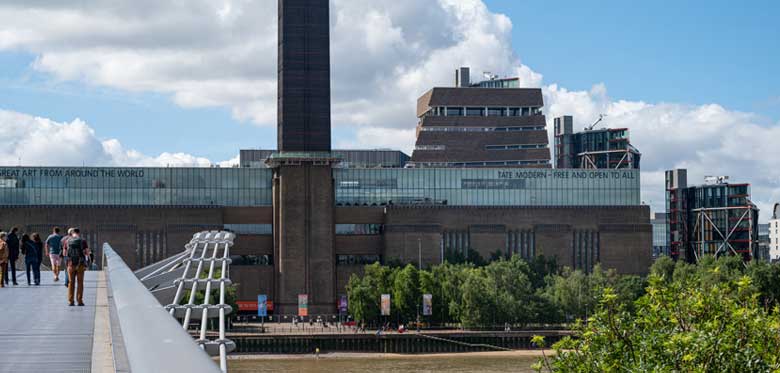Today marks the eagerly awaited decision of the Supreme Court in Fearn and others v The Board of Trustees of the Tate Gallery concerning the law of private nuisance.
Background
The case relates to a new extension to the Tate Modern art gallery which comprises a viewing gallery around the top floor extension. The viewing gallery was open to visitors, providing views across the London skyline with visitors often using binoculars, taking photos, and uploading these to social media.
The dispute concerns the residents of an adjacent development. The flats within the development had areas with floor-to-ceiling windows and the residents argued that use of the viewing gallery unreasonably interfered with their enjoyment of their flats, so much so that it amounts to a ‘nuisance’. The residents also alleged that use of the viewing gallery infringed their rights under the European Convention on Human Rights (ECHR) art.8, and that therefore the Tate, as a public authority, was in breach of the Human Rights Act 1998 s.6.
The owners of the flats first took their case to the High Court but lost. They decided to appeal to the Court of Appeal and lost again (although for different reasons), with the Court of Appeal deciding that mere overlooking was not capable of giving rise to a cause of action in private nuisance.
Supreme Court
A majority in the Supreme Court have now found in favour of the claimant’s and in a landmark judgment, have confirmed that the law of nuisance does in fact extend to cases of overlooking.
The Supreme Court found that inviting members of the public to admire a view from a platform was not a common and ordinary use of the land and given the flats were under almost constant observation from hundreds of thousands of visitors, including the fact they often took photos, it was very oppressive and was “much like being on display in a zoo“.
The Supreme Court also decided that it was not a defence to say that the use of the land was in the public interest, although it is not to say it this is not relevant. Instead, the issue of use being in the public interest went to the question of what remedy to grant, rather than liability. The question of remedy can be important as the claimants sought an injunction or damages. Courts have discretion whether or not to award an injunction so matters such as the public interest can be factors a court takes into account when deciding whether or not to exercise their discretion to grant an injunction.
Whilst in this case the Supreme Court made a finding of nuisance, it was decided based on the specific, extreme, facts of this particular case. The Supreme Court agreed with the Court of Appeal that a person cannot complain of a nuisance simply because their flat is overlooked by another building. In fact, it went on to say that the claimants cannot object under the common law of nuisance to the fact that the Tate has built the Blavatnik Building with a walkway around the top floor which overlooks their flats. However, in this particular case, inviting members of the public to look out from a viewing gallery is manifestly a very particular and exceptional use of land.
Whilst the Supreme Court ultimately made a finding of nuisance, they have decided to remit the case back to the High Court to determine what would be the most appropriate remedy in these circumstances.
Comment
The Supreme Court’s decision has been important in clarifying that the law of private nuisance does in fact apply to cases of overlooking, however the decision indicates that liability for nuisance in these circumstances will be fact specific and often require extreme or very unusual circumstances.
It seems based on this judgment, it is not intended that nuisance for overlooking will often apply in general cases of one property or piece of land overlooking another, (unless there are specific, extreme circumstances) and therefore this decision is unlikely to have significant impact on cases of this nature, particularly relating to neighbouring residential properties.



Comments